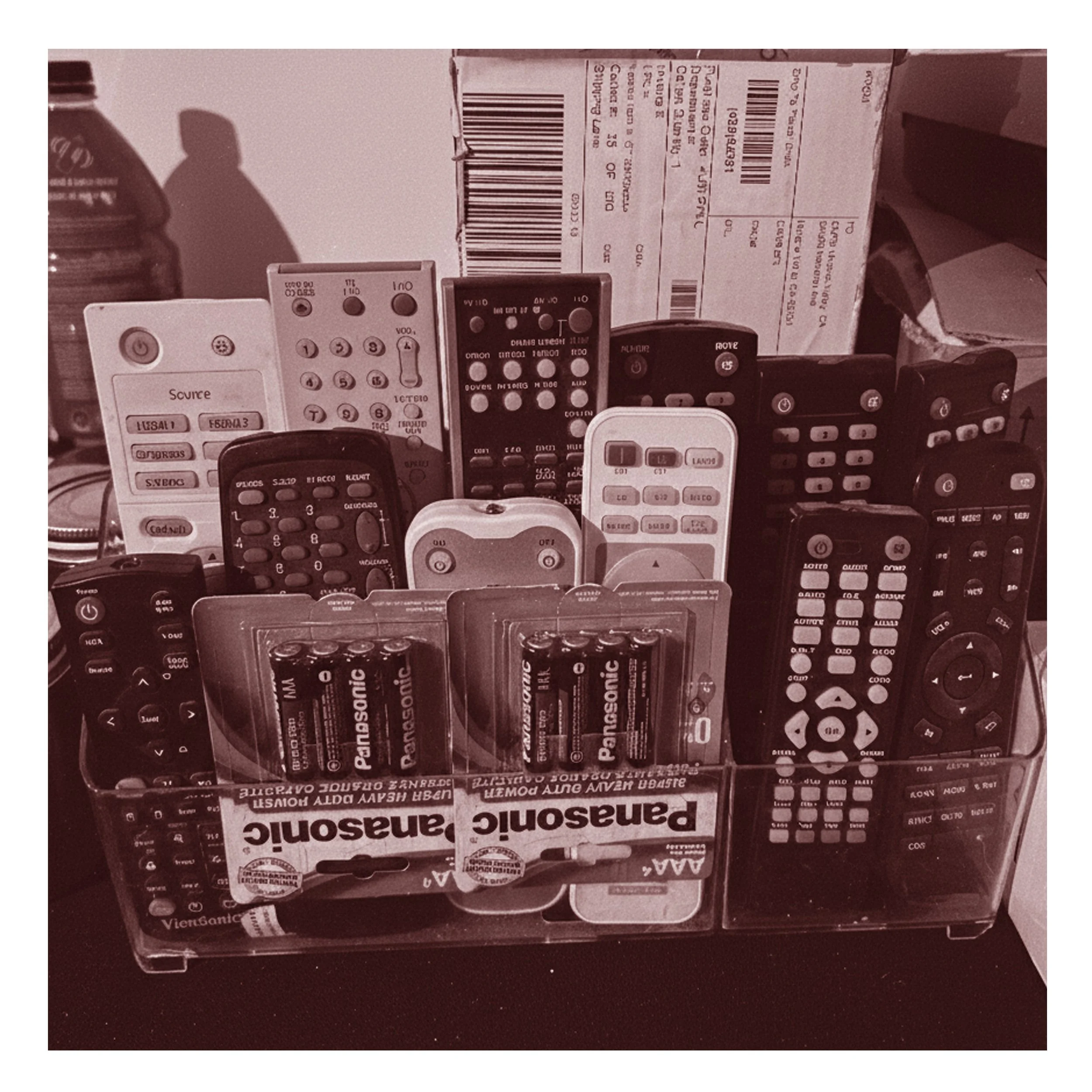“When institutions fail, artists must organize, advocate, and build their own supports for survival.”

by clayton windatt
Architecture of Relational Care
Architecture of Relational Care
Upkeep is at the core of artist-run culture
In an arts economy perpetually defined by precarious contracts, chronic under-funding, and systemic burnout, the most radical and essential artistic labor might not be the visible masterpiece, but the invisible act of mutual aid. This hidden work forms bonds through relationships stronger than funding or mandates and is the reason why artist-run centres survive to this day.
As artists and friends, we explore intentional maintenance of peer-to-peer relationships and how they function as essential, often uncredited, forms of labor, one that directly challenges financial precarity within the cultural sector. Relational upkeep is far more than simply networking; it is the building of collective, sustainable infrastructures between people and places directly connecting the historical fight for artist rights in Canada where contemporary practices prioritize collective infrastructure over individual output, thereby validating relational work as legitimate artistic output. To a degree, this is more part of the artist-run movement than the exhibitions that have taken place as I exemplify “process” and that exhibitions are “outcome”.
Exhibitions act as models of commitment, directly echoing mandates centering engaging with the "wicked problem" of labor inequality and systemic burnout in the arts sector.
Wicked problems, a term first coined in the field of social planning, refers to complex social or cultural problems that are difficult or impossible to solve because of incomplete, contradictory, and changing requirements. In the context of the arts, issues like chronic under-compensation, the lack of accessible arts funding, the reliance on unpaid emotional labor, and the cyclical nature of artist burnout are not isolated incidents but intertwined facets of a single "wicked problem" that resists simple fixes. It is this systemic, tangled nature of precarity that necessitates the kind of multi-faceted, relational solutions found within the a framework of care, where the solution is not a single policy change, but a continuous, collective, and evolving process of mutual relational upkeep.
The impulse to build self-determined infrastructures within artist-run centres is not new; it is deeply embedded in the history of Canadian cultural practice drawing directly from the pivotal moments of the 1970s ARC movement. Collective responses to institutional neglect served as a rally call to artists forming shared values and collaborative action towards productions, exhibitions, and discourses outside of commercial pressures or restrictive public galleries. The ARC movement is characterized by the fierce advocacy of that time that supported the formation and formalization of fee standards, a relentless, often fraught, struggle to have artistic practice recognized not just as a cultural gift, but as a profession deserving fair compensation for the labour of art ending with the 1988 Exhibition Right amendment to the Copyright Act.
When institutions fail, artists must organize, advocate, and build their own supports for survival.









In the present moment, the battleground has shifted from the institutional boardroom to the digital collective and the community gathering. The ARC ethos materializes the administrative and social structures required to sustain a practice, not primarily through its exhibition schedule, but through the documentation and performance of its maintenance.
Focusing on the daily life of the ARC; a practice that employs documentary, social practice, and digital media to visualize the emotional and organizational investment necessary for genuine community building. ARC documentations often include images of artists cleaning the gallery space, not as a background activity, but as the primary subject of a discussion on labor value. The gallery actually must be cleaned and someone has to do it.
Today, this principle extends to the use of digital spaces often more than physical ones as digital platforms such as discord are built by collectives for shared systems of resource management, scheduling or information sharing. These resources are presented less like software and more like embodied promises of shared resources, where administrative time is elevated to the level of high conceptual craft through mutual care and respect. These practices shift the focus from a singular, finished object to the relational process itself, challenging the sector to consider how the time, resources, and emotional investment necessary can exist if we are to maintain any truly resilient and ethical practices without exploiting the labour of friends and family.
All the paperwork, the sweeping, the scheduling, the emotional check-ins, and the collective negotiation are art. The concept of care is a vital contemporary iteration of the perennial fight for artist rights validating relational upkeep, visible through the shared labor of maintenance and administration, as essential artistic labor, we honor the legacy of Canadian arts advocacy while offering ongoing and powerful messages towards the future.
In an era demanding sustainability, transparency, and equity, collective maintenance of peer relationships is the most resilient resource available. Our work offers a powerful counter-narrative to the isolating pressures of the cultural economy, proving that the most sustainable art practices are ones built not just on individual ego, but on collective commitment. For the next generation of artists, the pathway to professional survival and artistic freedom will be paved, collaboratively, by hand and by artist-run centres.